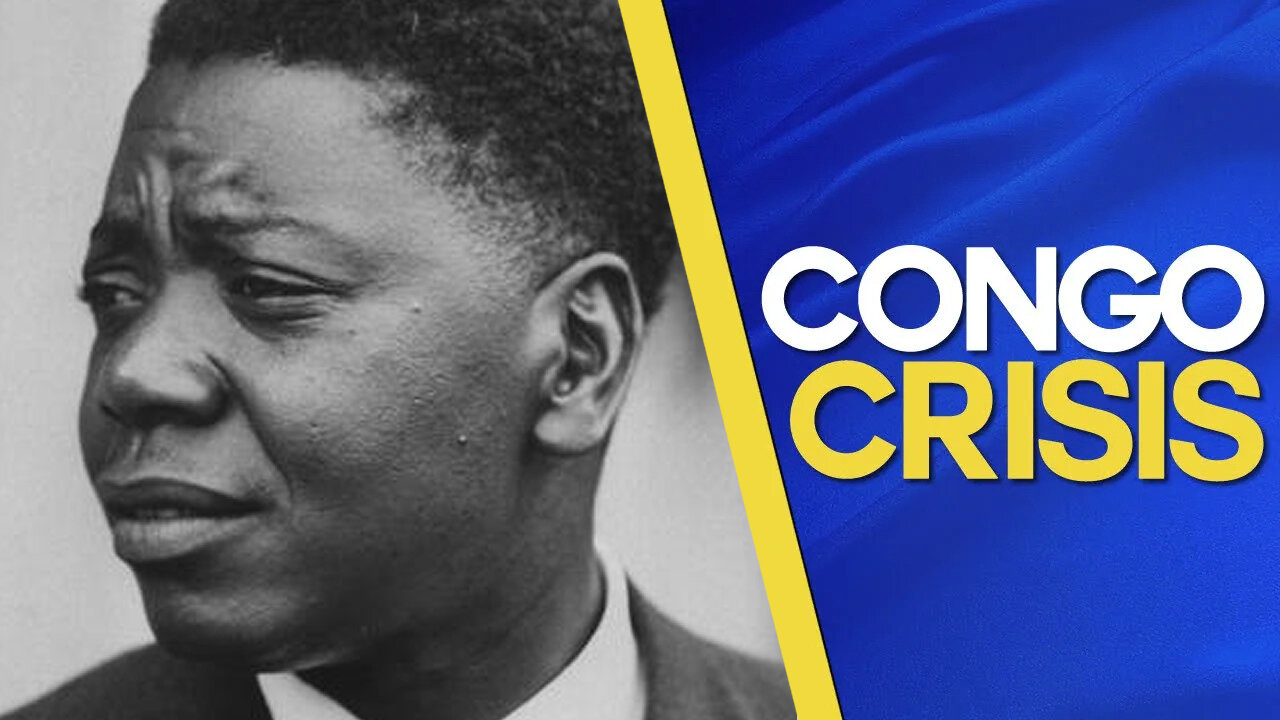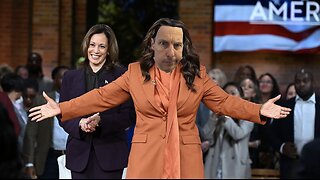Premium Only Content

Focus On The Congo (1964)
After gaining independence from Belgium in June 1960, the Congo quickly fell into disarray. The new government, led by Prime Minister Patrice Lumumba and President Joseph Kasa-Vubu, struggled to maintain control over the country. The army mutinied, leading to widespread violence, and the mineral-rich province of Katanga, under Moise Tshombe, declared its secession. Another region, South Kasai, followed suit, further destabilizing the nation. The Cold War powers soon became involved, with the United States, China and the Soviet Union backing different factions.
By 1963, the UN had successfully reintegrated Katanga and South Kasai, but new challenges arose as Marxist-inspired rebels, known as the Simbas, launched an insurgency in the eastern regions.
By late 1964, the Simbas had taken control of large areas, including Stanleyville (now Kisangani), where they captured thousands of foreign and Congolese hostages. In response, Belgian paratroopers, supported by the United States, launched Operation Dragon Rouge in November 1964, followed by Operation Dragon Noir. These operations successfully rescued nearly 2,000 hostages, but they also marked the beginning of the end for the Simbas. The insurgency was brutally crushed, but the Congo remained deeply unstable.
The crisis officially ended in 1965, but by late 1964, with the suppression of the Simba rebellion, the country had moved into a new phase, setting the stage for Mobutu Sese Seko's rise to power. The events of 1960-1964 left a lasting impact on the Congo, contributing to the complex and troubled history that would follow.
Follow on X: https://x.com/BasedCongo
Follow on TikTok: https://www.tiktok.com/@belgiancongo
#ColdWar #CongoCrisis #AfricanHistory
-
 2:25:04
2:25:04
Matt Kohrs
14 hours agoEXPLOSIVE NEW HIGHS!!! (Bitcoin, Tesla, Coinbase & DJT) || The MK Show
1.34K -
 37:18
37:18
BonginoReport
5 hours agoInside the Neocons' Plan to Thwart Trump (Ep.82) - 11/11/24
119 -
 1:58:06
1:58:06
Jeff Ahern
3 hours agoMonday Madness with Jeff Ahern
1 -
 1:27:53
1:27:53
Game On!
11 hours agoI lost $591,000 on the New York Giants! I HATE THEM!
1541 -
 35:35
35:35
The Why Files
6 days agoThe Dark Side of the Moon | Alien Activity and the NASA Cover-Up
74.9K122 -
 2:39:28
2:39:28
Jewels Jones Live ®
2 days agoTRUMP’S TSUNAMI | A Political Rendezvous - Ep. 99
49.3K105 -
 2:12:46
2:12:46
TheSaltyCracker
16 hours agoLefties Think Elon Stole Election ReeEEeE Stream 11-10-24
223K435 -
 1:16:52
1:16:52
vivafrei
16 hours agoNEW STREAM! Sorry peeps
155K150 -
 5:56:14
5:56:14
SNEAKO
16 hours agoCheesur E-Date, Jake Shields & Myron Gaines on Election
114K8 -
 39:34
39:34
Nerdrotic
18 hours ago $59.05 earnedAirbursts with Dr Malcolm LeCompte & Giants and Ancient Civilizations with Hugh Newman - Forbidden Frontier
123K18